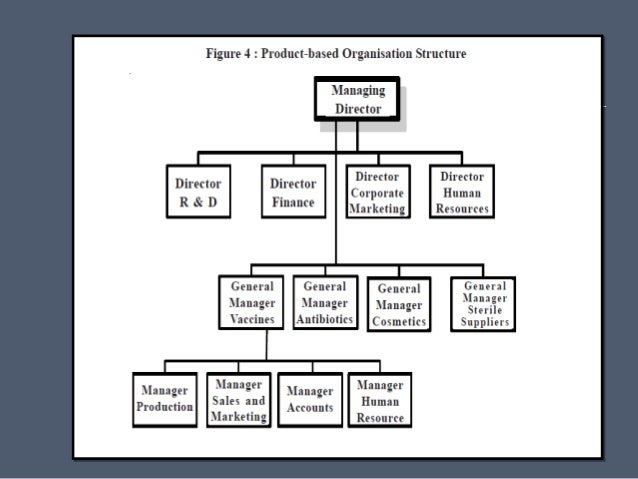Table Of Content

Existing somewhere between furniture and architecture, these hybrid-objects infuse the office functions with new iconographic presence and abstractly reference nature and the surrounding city. Collectively, they foster an atmosphere of creative intensity, and embody the idiosyncratic spirit of the company. HDS provides custom prototyping and testing services in the fields of advanced batteries and vehicle systems.
How can spaces respond to a hybrid lifestyle?
Could anything be done to stop their belief that they are safe in tailgating? This is a huge jump, but perhaps one of the main goals is actually to just sell more cars. "Progressive Hybrid Design is a holistic strategy that incorporates elements and processes from diverse fields, in a rigorous way, to solve any difficult problem." HDS provides full production manufacturing services at its Madison Heights, Michigan facility.
Table 1.

But Gill Pratt, chief executive at the Toyota Research Institute in Los Altos, said Toyota’s commitment to hybrids and plug-in hybrids is intentional. Furthermore, she said, while driving a plug-in hybrid in all-electric mode produces zero tailpipe emissions, studies done by her group and others show that large numbers of plug-in hybrid owners often forget or don’t bother to charge their cars overnight. To many consumers, plug-in hybrids fall on the gas-battery spectrum somewhere between hybrids and all-electric vehicles. The hybrid design process helped to identify these motivations and reasoning that everyone was using.
Hybrid Type 1
It is important to note that we are using the term “test” in a liberal manner, meaning that the interventions in question need not all be tested with randomized, strongly powered designs. What makes for a “test” of an intervention here is that at least 1 outcome measure is being used and that at least 1 related hypothesis, however preliminary, is being studied. The nature of randomizations/comparisons and power can vary depending on research needs and conditions. While rarer, it is also possible to engage in a dual-randomized trial, where sites are randomized to treatment condition and implementation strategies.
In this example, you can see how the drawing combines what works best from the overlaps of disparate mediums and methods. In design, they ask us to question what see and how we imagine between the lines. Of the many different drawing styles you can explore, composite graphics and hybrid drawings are one way to tell a compelling story from many angles. Whether they are composed by mixing mediums or styles, or they combine multiple views, media or perspectives in one, this style is meant to layer information. The business has a need for more product documentation, which most of the team avoids. It plays to Emily’s strengths, though, and her weekend hours would give her plenty of uninterrupted writing time.
Therefore, while speeding translation, it is possible with Hybrid Type 2 designs to provide more valid estimates of potential clinical effectiveness. Clinical and implementation research, in their “ideal types,” typically do not share many design features. As depicted in Table 2, key differences exist in terms of unit of analysis (perhaps the most obvious distinction), typical unit of randomization, outcome measures, and the targets of the interventions being tested.
Sometimes, however, we can and do proceed with implementation studies without completion of the full or at times even a modest portfolio of effectiveness studies beforehand. In such cases, it is common that a prevailing health policy dictates/encourages implementation of a clinical intervention that is, to varying degrees, still in question from an effectiveness perspective. In these cases, it is, therefore, important to proactively include resources to collect evidence of clinical effectiveness. This hybrid type is a more direct blending of clinical effectiveness and implementation research aims in support of more rapid translation. In this case, interventions in both the clinical and implementation spheres are tested simultaneously.
Significant knowledge was gained that illustrates the value of a type 1 hybrid design. By utilizing process evaluation, the investigators learned many providers were minimally engaged and did not refer their patients for the trial. The providers who did not refer had not been effectively persuaded during site trainings that the intervention was valuable and worth their participation. The providers’ attitudes towards the intervention resulted in poor implementation outcomes of uptake and reach despite the investigators best efforts to engage providers in referring their patients. Without engagement in a process evaluation, they may not have identified a key barrier to future implementation was provider buy-in and engagement, as standard strategies to increase engagement were largely ineffective. If there are a small number of sites participating in the effectiveness trial, one could consider expanding data collection to naïve sites (e.g., clinics not yet doing the intervention).
"Hybrid" Hair Color on a Blond Base
It is also possible to add implementation components to currently running effectiveness studies. In hybrid type 1 studies it is common for process evaluations to occur towards the end of the effectiveness trial period, so it is possible to design and conduct a relatively brief process evaluation focused on implementation during the trial and implementation needs going forward. This was the approach that Curran et al. (2012; described below in more detail) took when adding on a process evaluation to the large effectiveness trial of the CALM intervention for identifying and treating a range of anxiety disorders in primary care (Roy-Byrne et al., 2010). This type of hybrid could consist of an effectiveness trial paired with an implementation trial. For example, Patterson et al. (2012) simultaneously tested a clinical intervention and the impact of a set of a priori, non-randomized implementation strategies on the intervention’s effectiveness. The first level of the study was a multi-site randomized controlled trial of an efficacious safer-sex intervention for female sex workers to reduce the transmission of HIV.

"This allows the hair to have a different look with every turn of the head." Hybrid work (or hybrid remote work) lets people combine in-office days with focused work-from-home days. As the most crucial category of office spaces, social spaces come in various forms. Most offices will strive to have the most prominent one, the principal community space, or the central “home” of the office, combining different functions into a lively environment, and the space itself can play many roles. The Transcripts’ explicit purpose was to transcribe things normally removed from conventional architectural representation, namely the complex relationship between spaces and their use, between the set and the script, between “type” and “program,” and between objects and events. These types of images showed how architectural drawings could move beyond the representation of three dimensions to incorporate a fourth — time.
Wear OS “Hybrid” design has two OSes, two CPUs, “100 hour” battery life - Ars Technica
Wear OS “Hybrid” design has two OSes, two CPUs, “100 hour” battery life.
Posted: Mon, 26 Feb 2024 08:00:00 GMT [source]
This can be difficult for investigators when there is not enough data on the barriers to and facilitators of implementation to adequately inform the selection of proposed implementation strategies. Further, there are growing expectations to hypothesize about and measure expected mechanisms of action for the implementation strategies (Lewis et al., 2018; Pintello, 2019; Williams and Beidas, 2019). The most sophisticated designs are those that allow for the demonstration of why specific strategies work (or not), as opposed to just demonstrating their impact on reach, adoption, and fidelity. Wells19 and Glasgow et al4 suggested that a blending of the efficacy and effectiveness stages of intervention development could improve the speed of knowledge creation and increase the usefulness and policy relevance of clinical research. We propose that a blending of the design components of clinical effectiveness trials and implementation trials also is feasible and desirable.
That’s enough for fans, who see plug-in hybrids as a way to drive on mostly pure electric power and not have to worry about iffy public chargers on longer routes. They consider them a more flexible alternative to all-electric vehicles, in particular for those who rely on a single car. Foes, including Greenpeace, the Sierra Club and other environmental groups, say plug-in hybrids depend too much on fossil fuels and don’t make sense for anybody. Other hybrids include the tree-chair, mountain-offices, house-table, and cave-bed. Each is constructed from simple veneered plywood and white painted fiberboard (though the house-table and its materials will be customized from manufactured office furniture).A variety of micro-scaled individual spaces and group-sized collective spaces are thus available to all workers.

No comments:
Post a Comment